Advanced IP Routing
We will discuss more advanced IP routing technologies such as filtering route information to be advertised by routing protocols, adjusting metrics, and redistributing when using multiple routing protocols.
These advanced technologies allow you to create router/layer 3 switch routing tables the way you want them to be. It allows you to control the routes that IP packets are forwarded.
Overview of Cisco Route-map
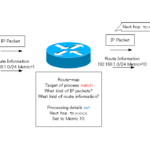
A route-map is a list that summarizes the targets of a process and the contents of a process.
This section provides an overview of the route-map.
Cisco Route-map Configuration
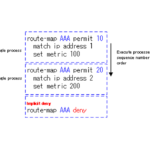
Learn more about configuring a route-map.
The key to configure a route-map is to be clear about what you are going to use it for.
GRE Tunnel Interface - Virtual Point-to-Point Connection
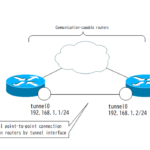
The GRE (Generic Routing Encapsulation) tunnel interface is a virtual point-to-point connection between two routers that can communicate.
Read moreGRE Tunnel Interface Configuration Example
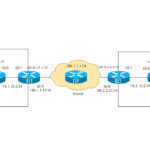
This is an example of GRE tunnel interface configuration.
We configure the GRE tunnel interface in a simple network diagram and verify it with the show command.
Overview of VRF/VRF-Lite - Virtually separating the router -
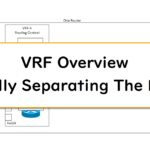
VRF (Virtual Routing & Forwarding) is a technology for virtually separating the router.
This page provides an overview of VRF.Carrier Networks
Cisco VRF Configuration and Verification Commands
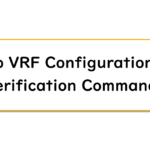
This article describes the configuration and verification commands for virtually partitioning one router by VRF on a Cisco router.
Read moreCisco Layer 3 VPN with VRF-Lite Configuration Example
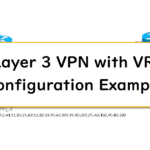
This is an example configuration for building a Layer 3 VPN by VRF-Lite on Cisco router.
Read moreWhat Is FVRF(Front door VRF)?
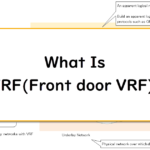
FVRF (Front door VRF) is the logical partitioning of overlay and underlay networks by VRF. This article describes the concept of FVRF.
Read morePoint-to-point GRE Tunnel without FVRF
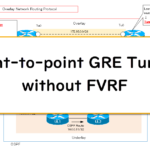
To better understand FVRF (Front door VRF), consider a network diagram that does not use FVRF.
We will build an overlay network with point-to-point GRE tunnels; we will consider the problems that can arise when VRF is not used.
Point-to-point GRE tunnel with FVRF (tunnel vrf command)
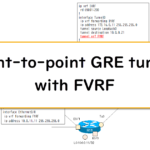
The overlay network of a point-to-point GRE tunnel is separated from the underlay network by VRF. Then, the overlay network must be associated with the underlay network.
The tunnel vrf command is the configuration command for this purpose.
IPSec VTI with FVRF
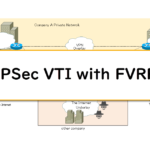
In order to use VRF-aware IPSec VTI, the configuration must properly account for IPSec communication with the VPN gateway on the underlay network (FVRF).
Read moreIPSec VTI with FVRF Configuration Example
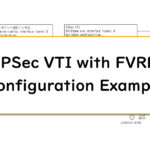
This is an example of a VRF-aware IPSec VTI configuration that uses FVRF. Please make sure you understand that "IPSec communication is performed in the FVRF (underlay network)" and configure it accordingly.
Read moreDMVPN with FVRF
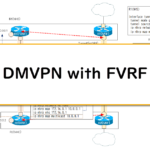
Consider the configuration for separating underlay and overlay networks with FVRF in DMVPN (Dynamic Multipoint VPN) Internet VPN .
Read moreDMVPN with FVRF Configuration Example Part1
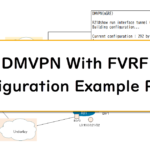
This is an example of VRF-aware DMVPN configuration that uses FVRF. Understand the meaning of configuring NHRP with multipoint GRE tunnels.
Read moreDMVPN with FVRF Configuration Example Part2
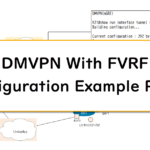
n VRF-aware DMVPN with FVRF, a new site is to be added. Here is an example of a router configuration for a new site.
A series of configurations related to VRF-aware DMVPNs all together.
